U.S. Traffic Deaths Decline for Second Year in a Row

The National Safety Council just released its estimates for U.S. roadway fatalities in 2019, and there’s good news to share. Deaths declined for the second consecutive year. According to the NSC, traffic fatalities reached an estimated 38,800 last year, representing a 2-percent decline from 2018 and and a 4-percent decline against 2017.
While the NSC said the decline came “after several years of spikes,” we found the claim to be mildly misleading. Even though 2015 and 2016 posted meaningful increases in roadway deaths, safer streets have been in fashion since the 1970s. Most years since then have resulted in fewer crashes, with sporadic bad periods sprinkled throughout. If you’re interested in some supporting data from the National Highway Traffic Safety Administration, U.S. roadway fatalities per 100,000 people averaged around 26.01 in 1972. That figure fell to just 10.28 by 2014, with the combined 2015-2016 increases bumping it up to just 11.59 per 100,000 people.
The general trend has been towards increased safety; clearly, we’ve come a long way over the past several decades. Still, it’s important to know which areas continue to cause problems so that they can be properly addressed. These occur over a much longer timeline and require additional information.
From the NSC:
Research to definitively determine why fatalities have decreased for the last two years is likely to lag several years. However, the NSC preliminary estimate signals that the country may be experiencing the benefits of several risk mitigation actions implemented in the last few years. For example, 10 cities have embraced Vision Zero models, which make streets safer by taking actions that include redesigning high-crash areas to reduce crash risk. Other proven measures include lowering the legal alcohol concentration limit. Utah’s implementation of a .05 legal limit has prompted other states to consider similar laws. Coalitions such as Road to Zero have raised the national dialogue.
And today, the majority of newly manufactured vehicles include advanced driver assistance systems, such as automatic emergency braking, lane departure warning systems, backup cameras and adaptive headlights, all of which are proven to reduce the severity of crashes or prevent them altogether.
We’re still uncertain about advanced driving aids, at least in their current state. While they definitely have the ability to save an inattentive motorist from having an accident in certain instances, they’re sometimes unreliable and research suggests they may actually make you a worse driver. One could also make the claim that many aids came into service during the same period we saw those abnormally high spikes in roadway fatalities, or suggest that the last two years (where safety did improve) wasn’t as robust as previous decades, where annual gains were often larger.
Our point is that, despite the praise surrounding driver assistance systems, few bother to go in and examine each feature independently. It was easier with seat belts, as there wasn’t nearly as many factors to account for. Individual assistance features really should be examined more closely before we presume they’ll save us.
Getting back to the big picture, the National Safety Council noted that preliminary estimates showed at least a 13-percent improvement in roadway deaths in Alaska, Connecticut, District of Columbia, Nevada, New Hampshire, South Dakota and Vermont. States that showed fatalities increasing by more than 5 percent included Delaware, Maine, Nebraska, Ohio, Tennessee and Wyoming. While the NSC did not presume the cause of the localized degradation in public safety, it noted spikes in pedestrians fatalities and said distracted driving remained a factor.
“Thirty-eight thousand deaths is still unacceptable, even if it is fewer than in years past,” said NSC President Lorraine M. Martin. “We are encouraged by the actions so many organizations are taking to reduce deaths, and we applaud legislation that curtails common crash causes such as impairment, distraction and speed. But as a nation, we still need to demonstrate better commitment to saving lives. Roadway deaths can be prevented by doubling down on what works, embracing technology advancements and creating a culture of safer driving.”
[Image: mikeledray/Shutterstock]

A staunch consumer advocate tracking industry trends and regulation. Before joining TTAC, Matt spent a decade working for marketing and research firms based in NYC. Clients included several of the world’s largest automakers, global tire brands, and aftermarket part suppliers. Dissatisfied with the corporate world and resentful of having to wear suits everyday, he pivoted to writing about cars. Since then, that man has become an ardent supporter of the right-to-repair movement, been interviewed on the auto industry by national radio broadcasts, driven more rental cars than anyone ever should, participated in amateur rallying events, and received the requisite minimum training as sanctioned by the SCCA. Handy with a wrench, Matt grew up surrounded by Detroit auto workers and managed to get a pizza delivery job before he was legally eligible. He later found himself driving box trucks through Manhattan, guaranteeing future sympathy for actual truckers. He continues to conduct research pertaining to the automotive sector as an independent contractor and has since moved back to his native Michigan, closer to where the cars are born. A contrarian, Matt claims to prefer understeer — stating that front and all-wheel drive vehicles cater best to his driving style.
More by Matt Posky
Latest Car Reviews
Read moreLatest Product Reviews
Read moreRecent Comments
- Fahrvergnugen The only GP we watch - and attend - is SailGP. Feeds a slightly different bunch of adrenaline junkies, though there must be some overlap.
- SCE to AUX Fisker filed for reorganization in Austria - the end is near.https://insideevs.com/news/718875/fisker-reorganization-austria/
- Bd2 I'll watch F1 when Kia and/or Hyundai pony (pun intended) up the cash to field a class leading team. Hyundai is leading many series with the Elantra N with it's incredible 350HP Smartstream-N engine.
- MaintenanceCosts More or less an admission that the radar-only cars will never do anything that could reasonably be marketed as "Full Self-Driving."
- Bd2 The coolest true SUV on the market. Change my mind.



















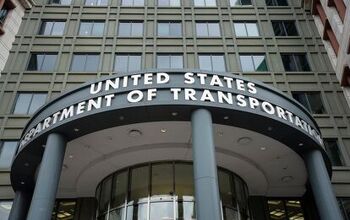


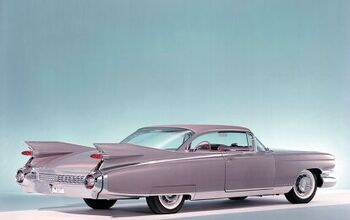


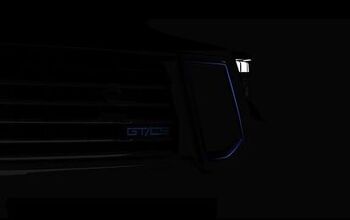



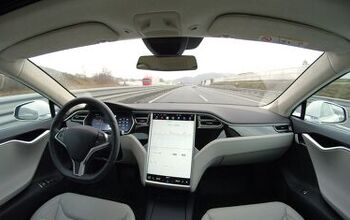
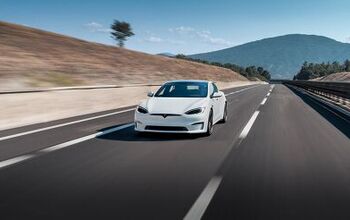
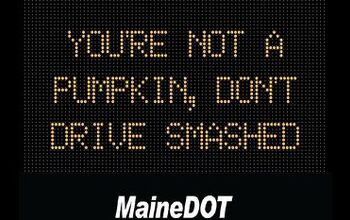
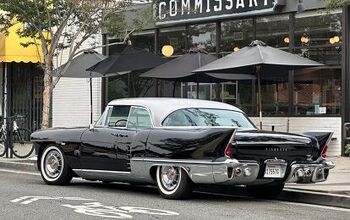
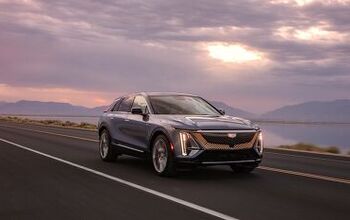
Comments
Join the conversation
Holy hand grenade Batman this comment system sucks.
Some things not mentioned yet. Improvements such as safety bead wheels and much better tires. Along with much better brake systems. I am glad that people don't have the 'freedom' to buy a car or truck with single circuit brakes, non-safety bead wheels, bias ply tires and other ancient stuff. Long ago I got a book out of the library about auto crashes. In retrospect it was surprising that they let a little kid read it, there were a lot of gruesome post crash photos. It was about a research project, in the early 1950s, into auto crashes. At the time the driver, certainly if they were dead, was found to be the cause of a crash. The researchers arranged with law enforcement to go to undisturbed crash scenes. They found many crashes caused by mechanical problems. Failing brakes, tires that failed or came off the rim, and of course internal collisions due to no belts. Later a study by UCLA, where they crashed remote controlled vehicles into others and walls. This lead to the improved vehicles with have today. Sure there have been hiccups along the way, like the seat belt interlock, but I'll take a 'newer' car over those nostalgia 50s and 60s stuff.